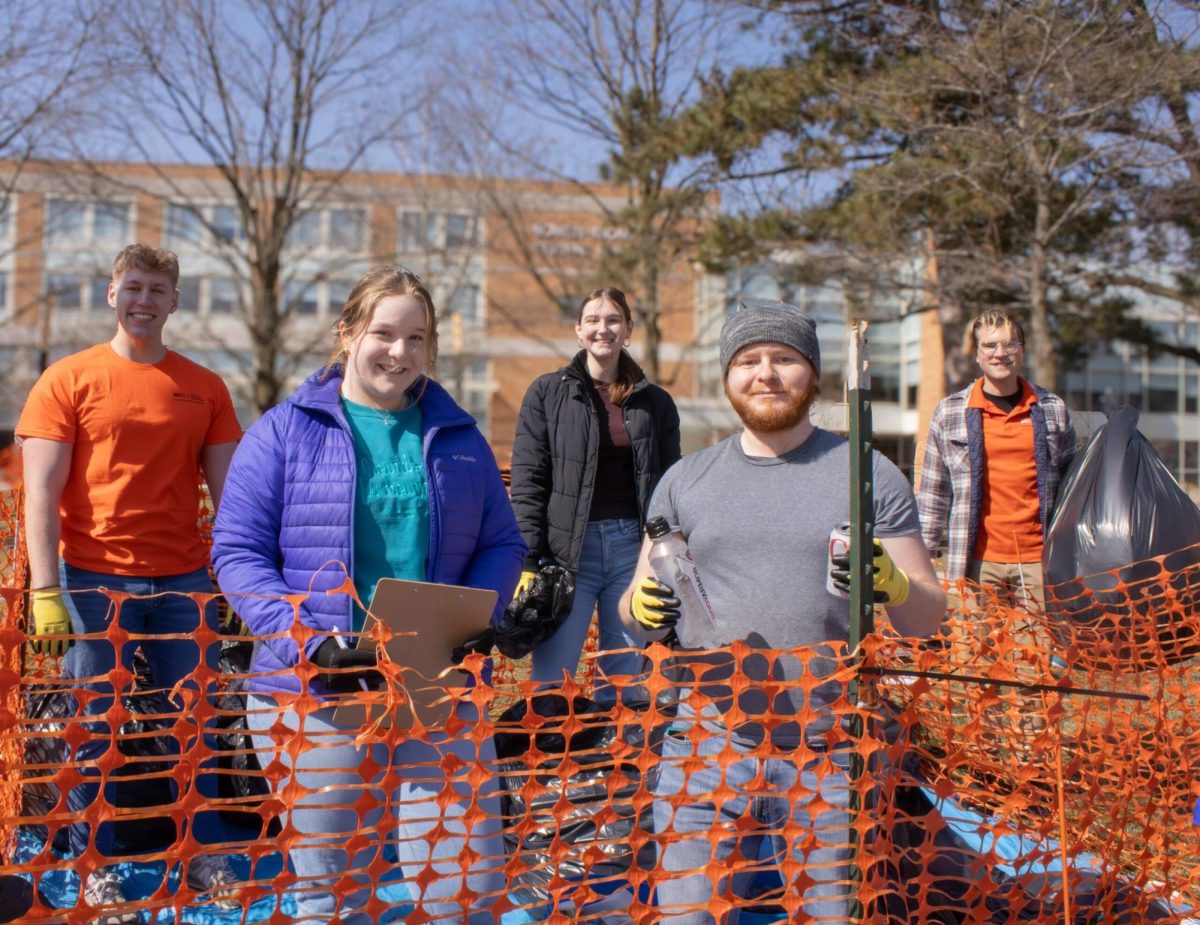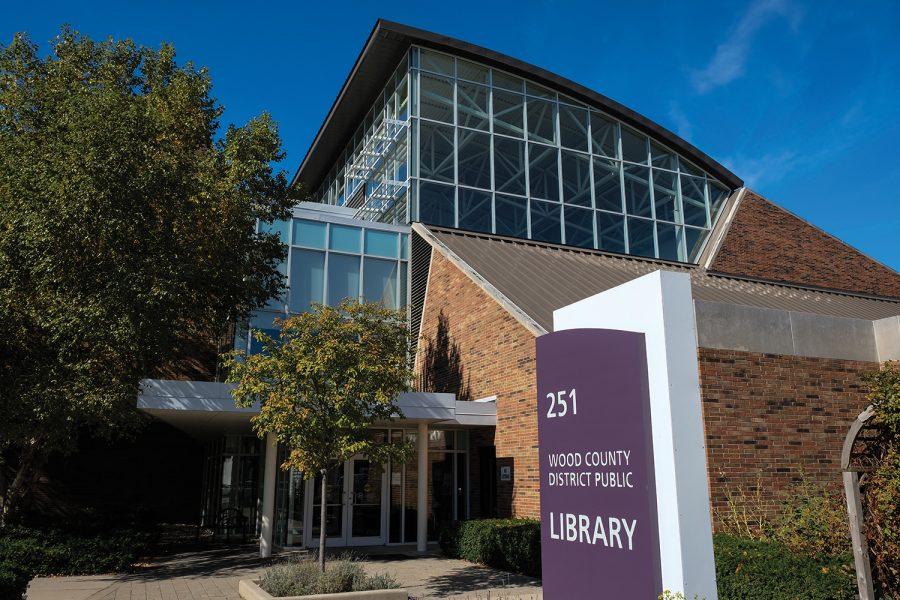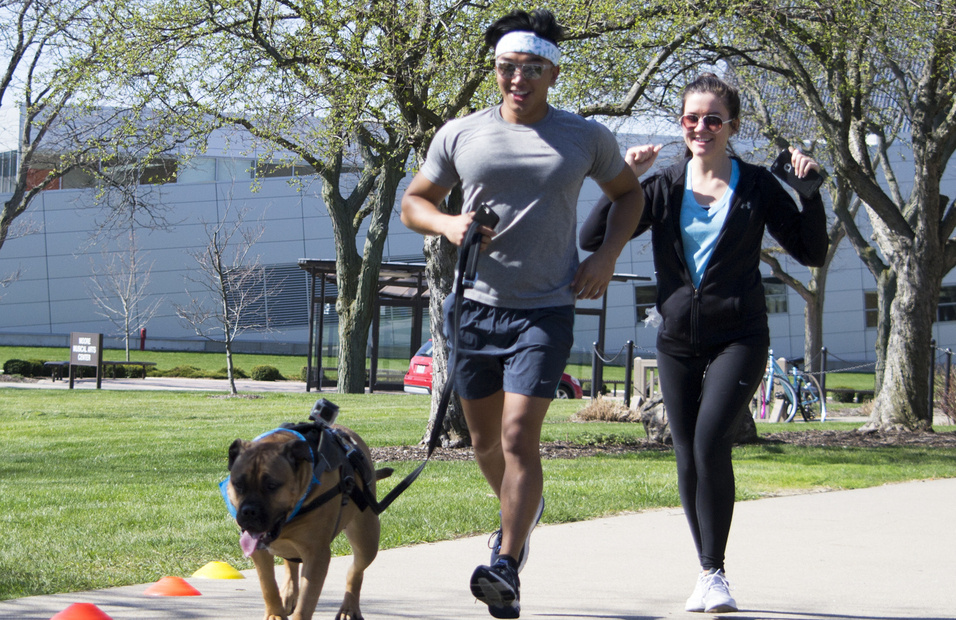Two of the oldest buildings on campus have been given modern inner workings and purposes—and new facelifts.
University Hall and Moseley Hall opened to the student body this semester after a construction period that began last spring.
University Hall renovations were made to accommodate University offices and programs on the first and second floors and multidisciplinary classrooms on the third and fourth floors.
Building planners worked to make office spaces customized for the different offices and programs.
“The designers took groups’ needs into the design,” Paul Valdez, the director of the center for community and civic engagement, said. He said the building’s larger office space, student working desks and Project Room provided for the center were beneficial for organization activities.
Another feature of the changed building Valdez found positive was its technological upgrade. While the foundation and structure of the building is mostly original, Valdez said technological aspects made it feel “like a 21st century building.” He also complimented the building’s sustainability improvements.
Angel Alls-Hall, University senior and civic action leader for the center, said she liked the “bright and fresh new atmosphere” of the renovated hall.
Alls-Hall, who worked for the Center for Civic and Community Engagement while it had been in both the unrenovated University Hall and Hayes Hall during construction, said she appreciated the accessibility and size of the new location. She also said the appeal of a new building in the “heart of old campus” could attract more people to their offices for recruitment or participation.
Other programs with offices on the first two floors of the building include International Programs and Partnerships, the Center for Undergraduate Research, Pre-Professional Programs, and other academic programs. Offices for Admissions, the Campus Tour Guide group, and Learning Communities are also in the building.
Brett Holden, academic affairs coordinator of learning communities, said collaboration is the reason these groups have all been placed in one location. He said programs will be more likely to work with other programs or offices to fulfill a student’s request or complete a project.
Holden also said it was “nice having everything centrally located” and the closeness of the offices provided opportunities for “cross-pollination” with students coming into the building looking for a specific program.
The renovated hall also hosts updated classrooms with more contemporary design changes, such as the inclusion of dry-erase boards and built-in projectors.
Moseley Hall will host a variety of laboratory science classes, many addressing general education science credits needed to earn a degree, per the University website.
The first floor of the building will host courses in the medical laboratory science program and geology. The second and third floors will have classrooms catered toward teaching different biology courses. The fourth floor’s labs will primarily house chemistry courses.
Other renovations to the building include the creation of stock rooms in between the laboratories and divided study areas for students with desks and chairs on different floors.
University Hall was built in 1915 as a main building of the Bowling Green State Normal School, where students would earn degrees in education according to the University Libraries website. When Bowling Green State Normal School became a state college and later Bowling Green State University, the hall was retained as a central campus building.
Moseley Hall began in 1914 as a building for agriculture and science—the University website says livestock used to be kept in the basement. It had hosted a variety of courses after other science buildings were created.
Renovations to Moseley and University Hall have been completed, but the University has planned other renovations around campus. One renovation will be occurring just south of the two buildings.
According to a Toledo Blade article by Nolan Rosenkrans, renovations have begun on Hanna Hall, a building of similar age to University and Moseley. Rosenkrans wrote that the price of the changes are over $50 million and are planned to give the building a more contemporary design. It is slated to be renamed the Robert W. and Patricia A. Maurer Center, after donors who had donated $5 million to the project.
Though the University contains many old buildings, Holden said it was important to preserve them by using tools such as renovation instead of clearing them for space for new buildings. He said keeping such traditional buildings “helps maintain our sense of history.”













